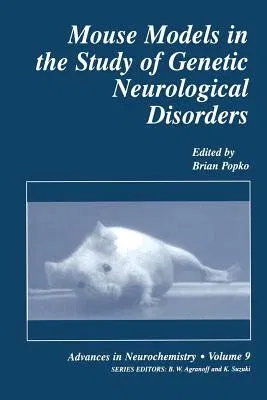Mouse Models in the Study of Genetic Neurological Disorders (Softcover Reprint of the Original 1st 1999)Paperback - Softcover Reprint of the Original 1st 1999, 8 October 2012

Qty
1
Turbo
Ships in 2 - 3 days
In Stock
Free Delivery
Cash on Delivery
15 Days
Free Returns
Secure Checkout

Part of Series
Advances in Neurochemistry
Print Length
366 pages
Language
English
Publisher
Springer
Date Published
8 Oct 2012
ISBN-10
1461372178
ISBN-13
9781461372172
Description
Product Details
Book Edition:
Softcover Reprint of the Original 1st 1999
Book Format:
Paperback
Country of Origin:
NL
Date Published:
8 October 2012
Dimensions:
23.39 x
15.6 x
2.06 cm
ISBN-10:
1461372178
ISBN-13:
9781461372172
Language:
English
Location:
New York, NY
Pages:
366
Publisher:
Series:
Weight:
548.85 gm